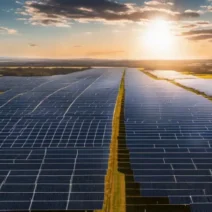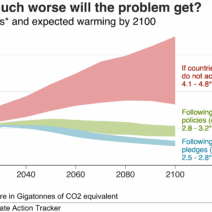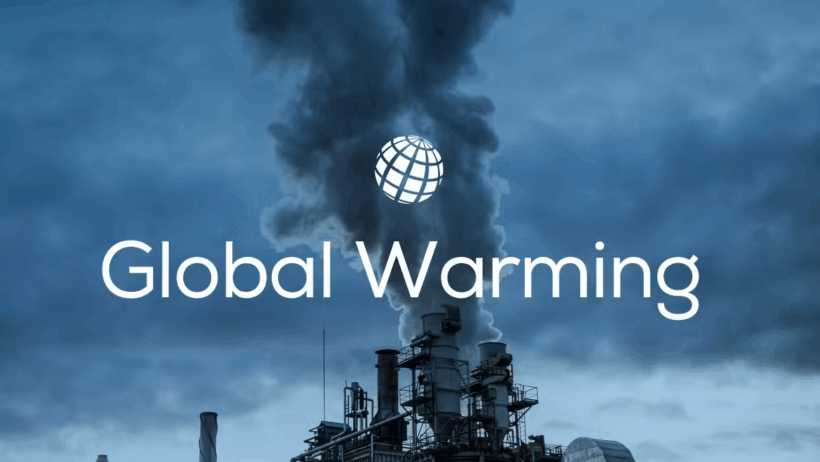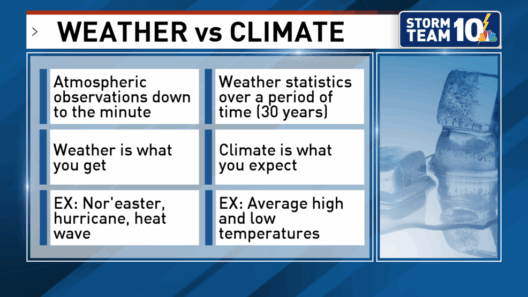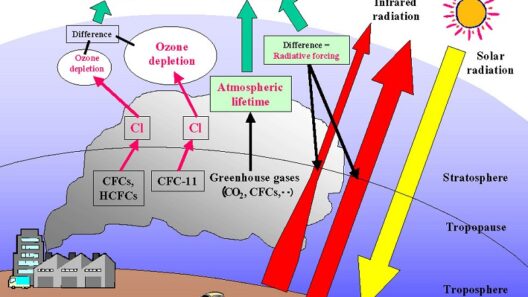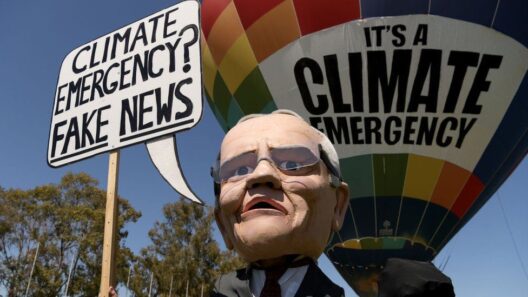Global warming is akin to a slowly boiling pot of water—initially imperceptible, but increasingly fraught with danger. Its implications echo across our planet, signifying drastic alterations to ecosystems, weather patterns, and human livelihoods. To better understand this intricate and alarming phenomenon, it is crucial to delve into its causes, effects, and the path forward.
Recognizing the intricate web of factors contributing to global warming is essential for grasping its full impact. At its core, global warming manifests through the increase in Earth’s average surface temperature, primarily due to the accumulation of greenhouse gases (GHGs) in the atmosphere. These gases, including carbon dioxide, methane, and nitrous oxide, operate like a thermal blanket, trapping heat and preventing it from escaping into space. Industrial activities, deforestation, and agricultural practices have significantly escalated GHG emissions in recent decades, akin to pouring fuel onto a smoldering fire.
As human activity injects copious amounts of these gases into our atmosphere, it is vital to comprehend the scale of this change. The Immigration of human industriousness into natural habitats has often played a central role in unearthing carbon stores from deep within the Earth. The extensive use of fossil fuels for energy, transport, and manufacturing has been the primary facilitator of this atmospheric alteration. Yet it is not merely the quantity of emissions that poses a threat; the rapidity of their increase is equally disquieting. The compounding effects can be seen in the dramatic uptick in average global temperatures—the planet has warmed by approximately 1.2 degrees Celsius since the late 19th century. This seemingly small change belies its profound implications, as the secretive clock of nature ticks ever louder and more ominously.
While the causes of global warming may be anthropogenic, the consequences of this thermal disturbance are reverberating around the globe. Ecological disruptions are one of the immediate manifestations, as habitats shift and species face extinction at an unprecedented rate. The metaphor of a melting ice sculpture aptly illustrates this; with each increment of warmth, once robust ecosystems erode into fragility. Polar bears, the iconic symbols of climate change, find their habitats dwindling, while coral reefs, known as the “rainforests of the sea,” are bleached and suffocated in warm, acidic waters.
Furthermore, the specter of extreme weather looms large, as storms grow fiercer, droughts sink deeper, and heatwaves scorch the earth. Just as a maestro conducts an orchestra of climatic conditions, their erratic harmonies intensify and amplify with each passing year. Floods inundate coastal cities while wildfires rage through sun parched landscapes. The display of nature’s wrath is striking, transforming serene landscapes into harrowing battlegrounds. These phenomena do not merely disrupt ecosystems; they threaten food security, displace populations, and highlight significant socioeconomic disparities between nations.
It is not merely an ecological crisis; global warming emerges as a profound socio-political challenge. Countries bearing the brunt of its consequences often lack the resources to combat its effects effectively. The metaphor of a leaky roof aptly encapsulates the dilemma; when rainwater pours onto an already unstable foundation, structural integrity falters. Vulnerable communities find themselves ensnared in a vicious cycle, attempting to recover from climate impacts while being further pulled into a spiral of poverty and disenfranchisement. The challenges posed by global warming demand comprehensive, multifaceted solutions that traverse borders and societal divides.
No discussion on global warming would be complete without contemplating potential remedies to this pressing crisis. Nations and individuals possess the power to turn the tide; solutions exist in renewable energy sources such as solar, wind, and hydroelectricity. The transition from fossil fuels to cleaner alternatives is not merely an environmental imperative; it also represents an opportunity for economic rejuvenation, job creation, and technological innovation. Investing in green infrastructure fosters resilience and adaptability while simultaneously nurturing the planet.
Moreover, public awareness is the linchpin of meaningful progress. Education regarding the mechanisms behind global warming, coupled with grassroots activism, can galvanize individuals and communities to advocate for systemic change. The notion that individual actions are inconsequential is a fallacy; collective efforts can result in profound transformation, much like droplets of water converging into a mighty river. Every effort counts, whether through conservation, advocacy, or sustainable practices.
As we traverse this precarious path toward a sustainable future, our shared responsibility must drive concerted action. The earth is not solely an inert piece of real estate; it is a vibrant organism, replete with intricate systems that demand respect and stewardship. Ignoring the cables of connection that cradle our interdependence will only lead to irretrievable loss.
In conclusion, global warming is not merely a trend or a fleeting crisis; it is an existential challenge that beckons immediate and sustained attention. As the specter of a warming planet looms ever closer, it is imperative to recognize the profound interconnectedness between human activity and the environment. The time for action is now—before the metaphorical pot reaches a boil, irrevocably altering the tapestry of life on Earth.
